Description
Wassily Kandinsky (after) – Small World – Lithograph Conditions: excellent 32 x 24 cm 1952 XXe sicle, San Lazzaro Of a well-to-do and cultivated family, Vassily Kandinsky was born in Moscow in 1866. He followed studies of law and economics at the University of Moscow entering in the studio of Anton Azb, then at the Academy of Fine Arts of Munich in 1896. His first solo exhibition takes place in 1903. Wassily Kandinsky is co-founder, in 1901, of the group Die Phalanx, of the New Association of the artists of Munich (1909-1911), and the Blaue Reiter (Cavalier bleu, 1911-1914, with Franz Marc and the German expressionists). From 1902 to 1915, he lives with the painter Bariele Munter. Until 1909, Kandinsky paints the countryside, views of Moscow, producing wood etchings. His first works are of a naturalist essence, however through his different trips to Europe and his stay in Paris from 1906-1907; he discovers other avenues through the work of Czanne, Matisse and Picasso. From 1909, the artist works with color through its own power of expression, and makes objects disappear on the canvas; he produces, in 1910, his first Abstract Watercolors, then, the following year, his first abstract paintings. He thus becomes a great initator and theorist of abstractions, utilizing forms that painting borrows from nature. Returning to Moscow in 1914, Kandinsky becomes a member, after the October Revolution, of the Commissary of the People of Instruction of the Section of Plastic Arts, teaching art at the free studios (Svomas), before becoming director at the Inkhouk and the museum of Pictorial Culture (1920-1921). In disagreement with the constructivists, Kandinsky leaves to teach at the Bauhaus in 1922. The Bauhaus made it possible, in Kandinskys eyes, to render his utopian project to reconstruct the world under a spiritual sign. From 1922, Kandinsky is said to have penetrated into the interior of form, not borrowing from nature and representing not only exterior aspects of an object, but constructive elements, laws of tension. Kandinsky introduces into his work a lyrical geometric where signs become symbols. In 1924, he is co-founder of the Quatre Bleus group. He immigrates to Paris in 1933, on the arrival of the Nazis and acquires French nationality in 1939. His canvases are removed from German museums in 1937. Wassily Kandinsky, father of abstraction and for-runner of abstract expressionism, died in Neuilly-sur-Seine in 1944.
| Period | 1950 to 1959 |
|---|---|
| Production Period | 2010 to Present |
| Detailed Condition |
Very Good This vintage/antique item has no defects, but it may show slight traces of use. |
| Product Code | XAB-719171 |
| Materials | Paint, Plastic, Wood, Canvas, Fir, Lace, Rope |
| Color | Black |
| Width |
24 cm 9.4 inch |
| Depth |
1 cm 0.4 inch |
| Height |
32 cm 12.6 inch |
| Duties Notice | Import duty is not included in the prices you see online. You may have to pay import duties upon receipt of your order. |

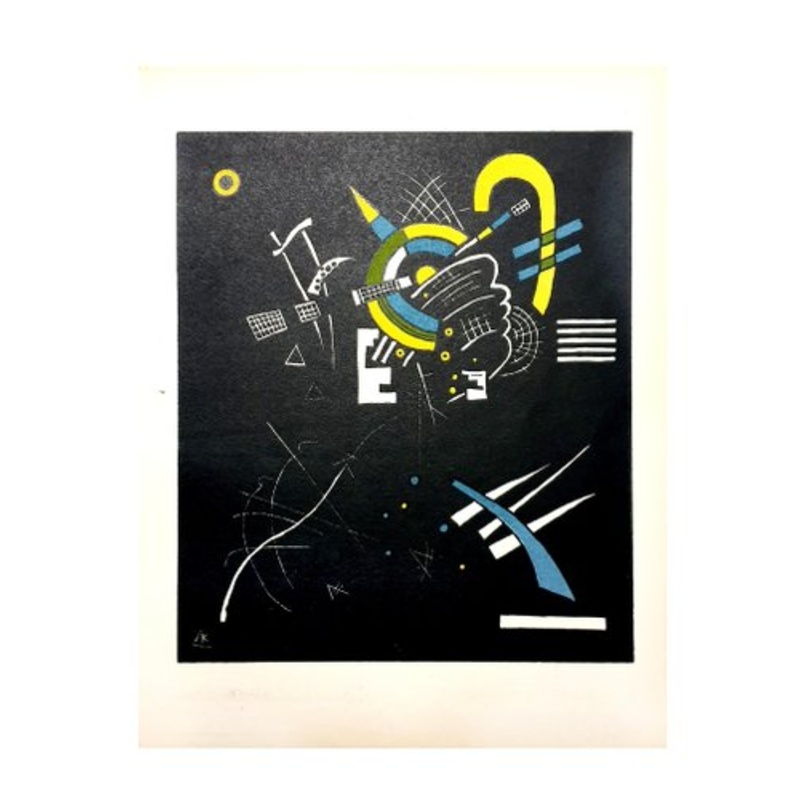
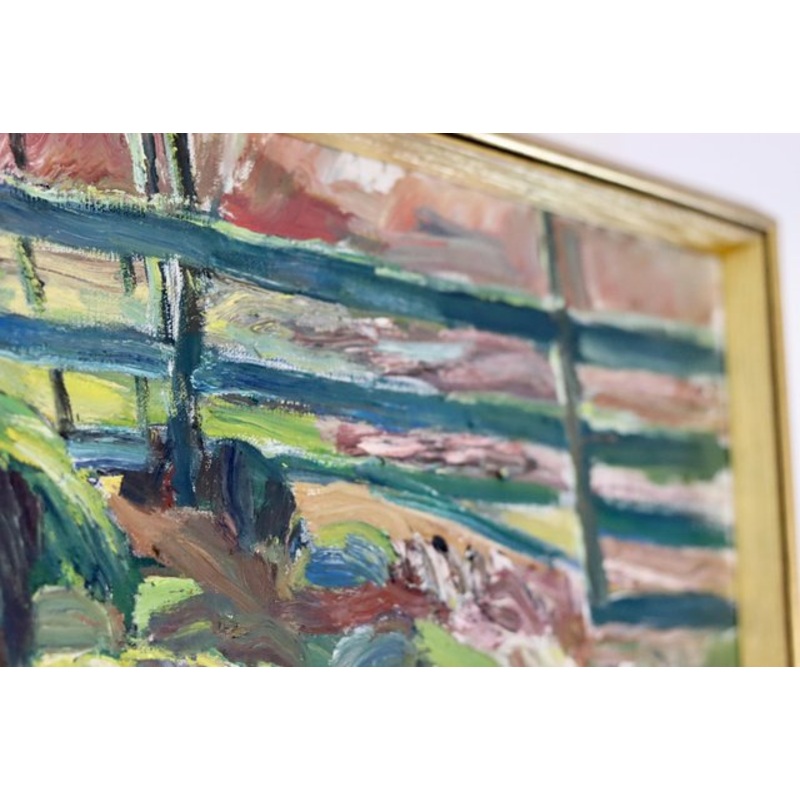
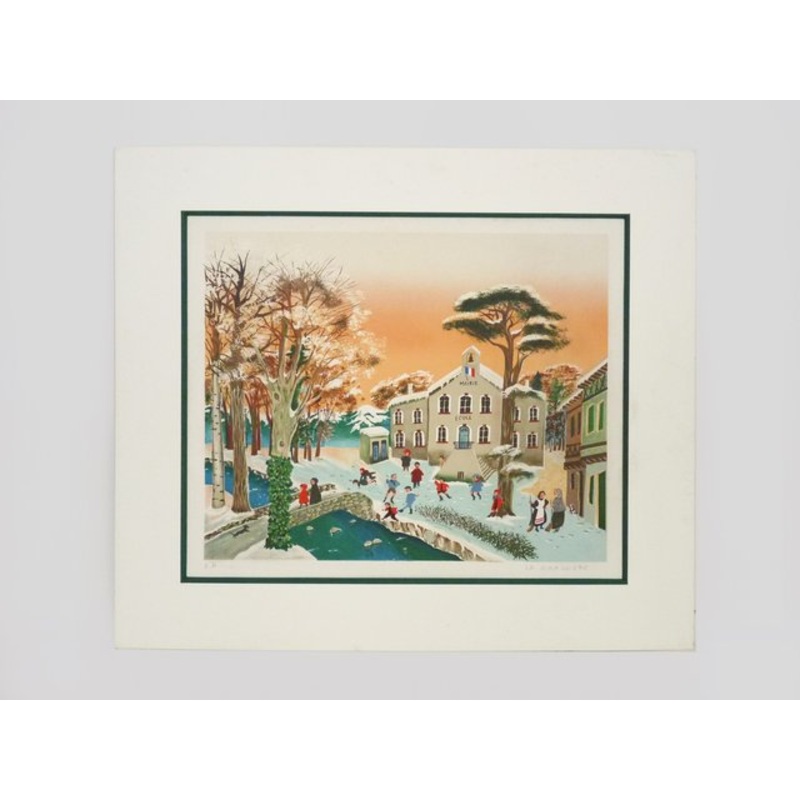
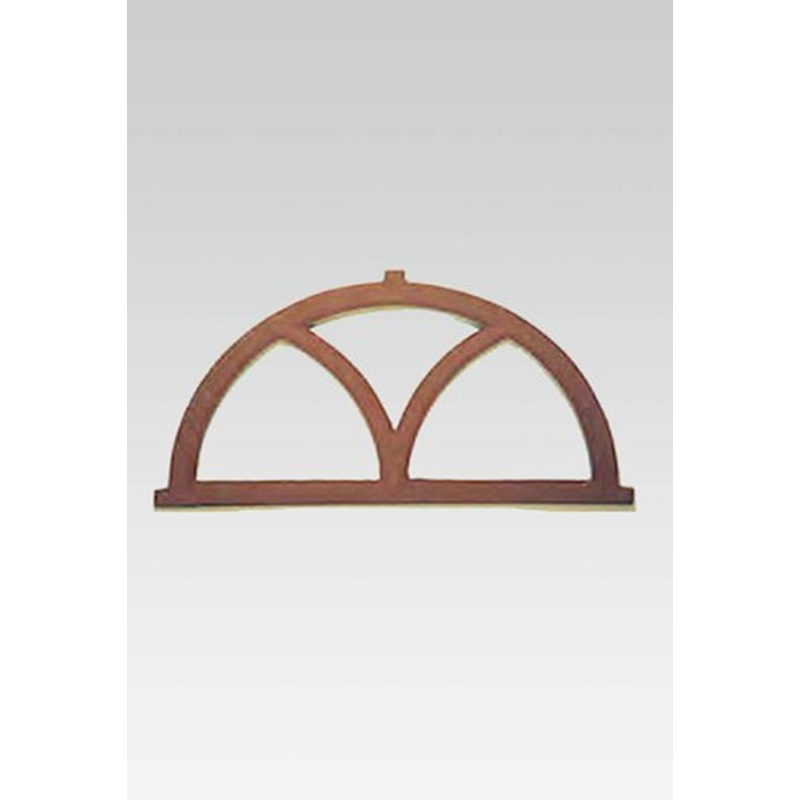
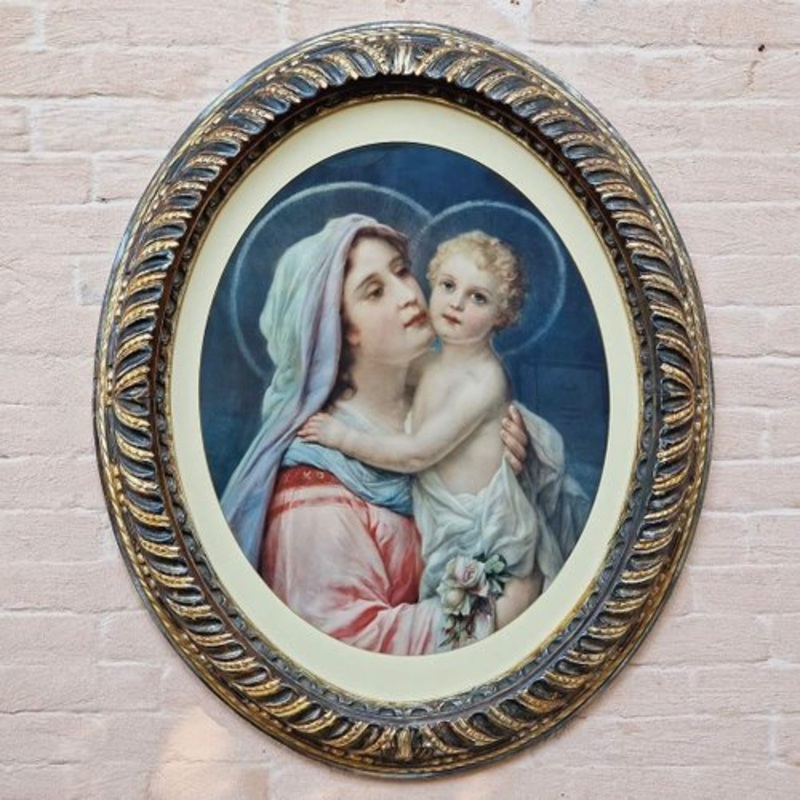
Reviews
There are no reviews yet.